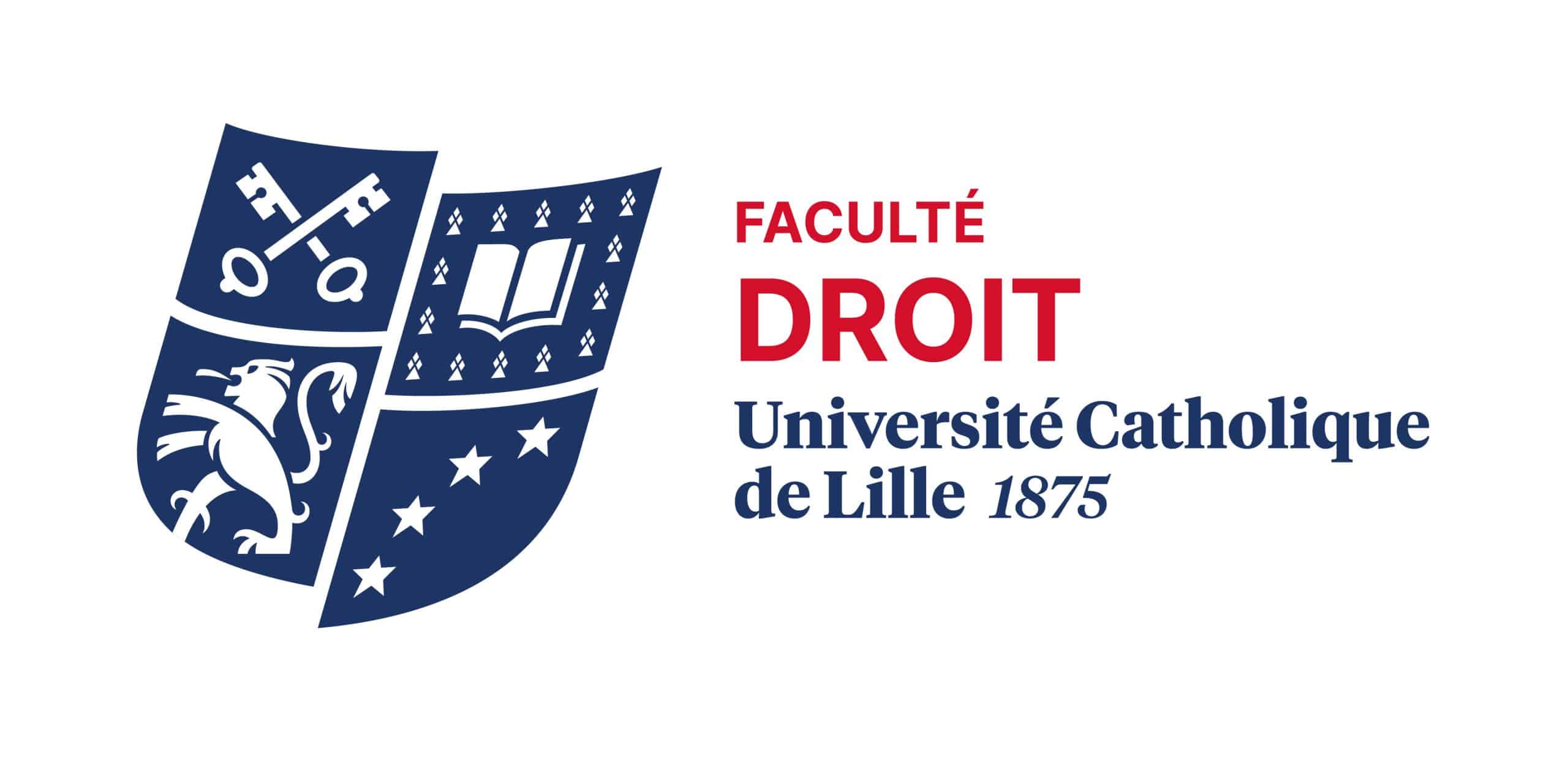
International Trade Law
Etablissement : Faculté de Droit – Lille et Issy-les-Moulineaux
Langue : Anglais
Formation(s) dans laquelle/lesquelles le cours apparait :
Période : S2
At the end of this course, the student should be able have good written advocacy and oral presentional skills.
The course will examine the main features of World Trade Organization substantive law (Most Favored Nation Clause, National Treatment, General Exceptions/Art. XX), as well as the basic dispute settlement procedures before the WTO Dispute Settlement Body.
The class will include an examination of WTO agreements on antidumping, subsidies and safeguards, in conjunction with the corresponding provisions of EU Law. Trade defence measures are legal instruments against foreign distortive practices and play an important role in the activity of competent EU bodies (especially the European Commission), third countries governments, corporations, and trade lawyers.
Introduction
a. Introduction to the Economics of International Trade
b. Certain Fundamentals of Public International Law
c. WTO: History, objectives and membership
d. Overview on main WTO Agreements
WTO: General Principles
Non-discrimination: the most-favored nation clause and national treatment
a. MFN (Exception: FTAs and Custom Unions; pros and cons for proliferation of FTAs)
b. National Treatment
WTO: General Principles (continued)
WTO: Dispute Settlement Mechanism & Procedures
WTO: Dispute Settlement Mechanism & Procedures (continued)
Article XX: The General Exceptions
a. Article XX(b)—Health Measures
b. Article XX(d)—Enforcement Measures
c. Article XX(g)—Conservation Measures
d. The chapeau to Article XX
e. Relevant case-law
WTO Anti-Dumping Agreement
Idea: what is dumping; importance
a. Elements for applying anti-dumping duties: dumping margin, material injury, causal link (and in the EU: Union interest)
b. Lesser duty rule
c. Procedural issues: how to file an anti-dumping complaint, administrative procedure (DG Trade), verification visits
WTO Anti-Dumping Agreement (continued)
WTO Agreement on subsidies and Countervailing Measures
Safeguards
a. Definition/elements of a countervailable subsidy; importance
b. Classification of subsidies
c. Forms of relief (unilateral track and multilateral track)
d. Safeguards: definition/ prerequisites; maximum duration;differences safeguards – anti-dumping measures
WTO Agreement on subsidies and Countervailing Measures and Safeguards (continued)
Technical Barriers to Trade: The TBT and SPS Agreements
a. Idea: measures to ensure that food is safe for consumers, and to prevent the spread of pests or diseases among animals and plants; relationship SPS – TBT – GATT: Art XX
b. SPS is the most important agreement covering international trade in food and agricultural products;SPS: deals with food safety, animal health and plant health; Basic objective of the SPS is to prohibit unjustified health-related barriers to agricultural trade.
c. TBT: Major areas of TBT scope: (i) technical regulations, (ii) standards, (iii) conformity assessments; technical regulation shall not have effect of “creating unnecessary obstacles to international trade”
International Trade in Services (GATS): idea; four modes of supplying services (cross-border trade, consumption abroad, commercial presence, and presence of natural persons); WTO Members’ obligations in the GATS; commitments of WTO Members (classification system comprised of 12 core service sectors); submission of schedules under the GATS.

